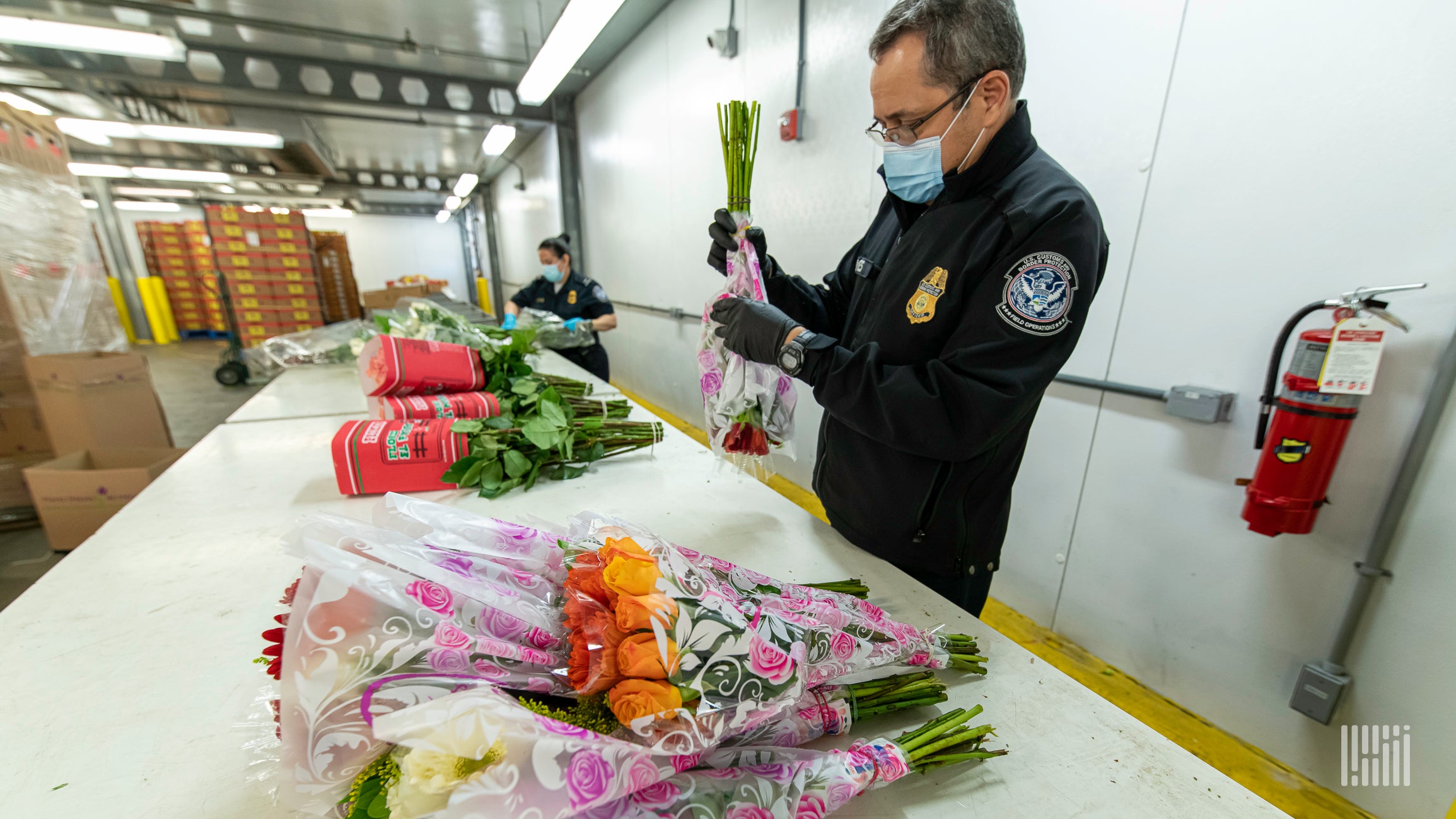Running on Ice: Pharmaceutical supply chain sidesteps tariffs, for now
In this edition: Pharma world catches a short-term break, and frozen pizza combos get a trend forecast. The post Running on Ice: Pharmaceutical supply chain sidesteps tariffs, for now appeared first on FreightWaves.

All thawed out

In a deviation from the traditional format of the newsletter this week, we’re taking a bigger look at the possible impacts and disruptions to the pharmaceutical and health care industry as a result of “Liberation Day” when the president announced what reciprocal tariffs were slated for various counties and trading blocs.
Countries that weren’t included on the list were awarded an across-the-board 10% tariff on anything imported to the U.S. The full list is here. The 25% tariffs with Canada and Mexico are a separate discussion, as those are still on pause and goods moving freely under the United States-Mexico-Canada Agreement are continuing to move freely. The only tariffs on North American countries are 10% on Canadian energy and 25% on automotive parts.
There is a silver lining in the new tariff regulations for the pharmaceutical industry: It is exempt from the tariffs, for now.
The exemption comes at a cost.
According to CNBC, “The Trump administration is considering launching a so-called 232 investigation into pharmaceuticals, among other industries, which could lead to import duties under the Trade Expansion Act.”
The U.S. Department of Commerce Bureau of Industry and Security notes that the purpose of a Section 232 investigation “is to determine the effect of imports on national security. Investigations may be initiated based on an application from an interested party, a request from the head of any department or agency, or may be self-initiated by the Secretary of Commerce.”
For reference, steel/aluminum articles and autos/auto parts have already been subject to this procedure and have their own tariff category.
An important thing to note is that finished pharmaceuticals are excluded from the tariffs. However, the components to make drugs are still subject to the 10% blanket tariff on all imports. Despite being “exempt” from tariffs, it will still negatively impact drug prices.
The trade association Biotechnology Innovation Organization (BIO) released survey results and analysis last month, which highlighted that “90% of US biotech companies rely on imported components for at least half of their US Food and Drug Administration (FDA)-approved products. Most of the US biotech companies that are members of the BIO (94%) forecast a [surge in] manufacturing costs if tariffs are placed on imports from the European Union.”
Trying to stay ahead of the tariff problem, drug manufacturers have been lobbying the administration for a phased approach to allow companies time to relocate their manufacturing stateside. The large-scale changes that the administration are looking for will take years to make sizable progress.
In a CNBC article, Sheena Berry, health care analyst at Quilter Cheviot, said, “Companies won’t be spared entirely given they rely on imports for a number of categories that help in the drug development process. But these should be manageable given the low cost of goods in the sector.”
Pharma dodged a bullet for now but faces an uphill battle to stay ahead.

In some more entertaining news, Hormel Foods has made its prediction on upcoming pizza trends. It could lead to some new offerings in the frozen pizza aisle as manufacturers start to jump on consumer trends. The U.S. frozen pizza market was at $7 billion in 2024 and is projected to grow at a compound annual growth rate of 6% through 2030.
The top five predicted flavors coming to pizza are:
- Mortadella – an Italian sausage flavored with peppercorn and pistachios.
- Hot honey – the sweet-heat favorite is jazzing up some simpler-flavored pizzas.
- Regional styles – Detroit-style pizzas might become more commonplace in the freezer section as well as the flat “cracker-pizza” of St. Louis. Personally, I find this the most elite form of frozen pizza. Fresh pizza needs that wood-fired crust.
- Comfort foods – This combo with pizza is weird at first as I’m not sure how you’d put meatloaf or chicken and dumplings on a pizza, but then this category is expected to have some of the more unusual takes on pizza.
- Spicy toppings – This speaks for itself and follows the trend that the rest of frozen food is following – that spicy food is back and consumers are looking for it at higher volumes than before. Can’t wait for the battle of buffalo pizzas.
Cold chain lanes

This week’s market under a microscope is Memphis, Tennessee. Reefer outbound tender volumes saw some volatility throughout March. Memphis is starting April with reefer outbound volumes up 6.73% week over week. Despite abnormally high reefer outbound tender rejection rates crashing out to start the month of March, levels are still elevated 319 basis points month over month.
Capacity in Memphis will be tighter now compared to seasonal averages. For comparison, this time last year the ROTRI was at 4.81% versus the current 18.98%. This indicates that there are elevated spot rates in the market. Given that the 100 days of summer are right around the corner and produce season stands to ramp up over the next few weeks, it’s unlikely there will be loosening capacity in Memphis anytime soon.
Is SONAR for you? Check it out with a demo!
Shelf life
DHL to buy US pharma logistics specialist CryoPDP for $195M
Trump’s tariffs lift companies’ costs and hurt exports
Tariffs won’t drag consumer spending in 2025, say retailers
Wanna chat in the cooler? Shoot me an email with comments, questions or story ideas at moconnell@freightwaves.com.
See you on the internet.
Mary
If this newsletter was forwarded to you, you must be pretty chill. Join the coolest community in freight and subscribe for more at freightwaves.com/subscribe.
The post Running on Ice: Pharmaceutical supply chain sidesteps tariffs, for now appeared first on FreightWaves.


















































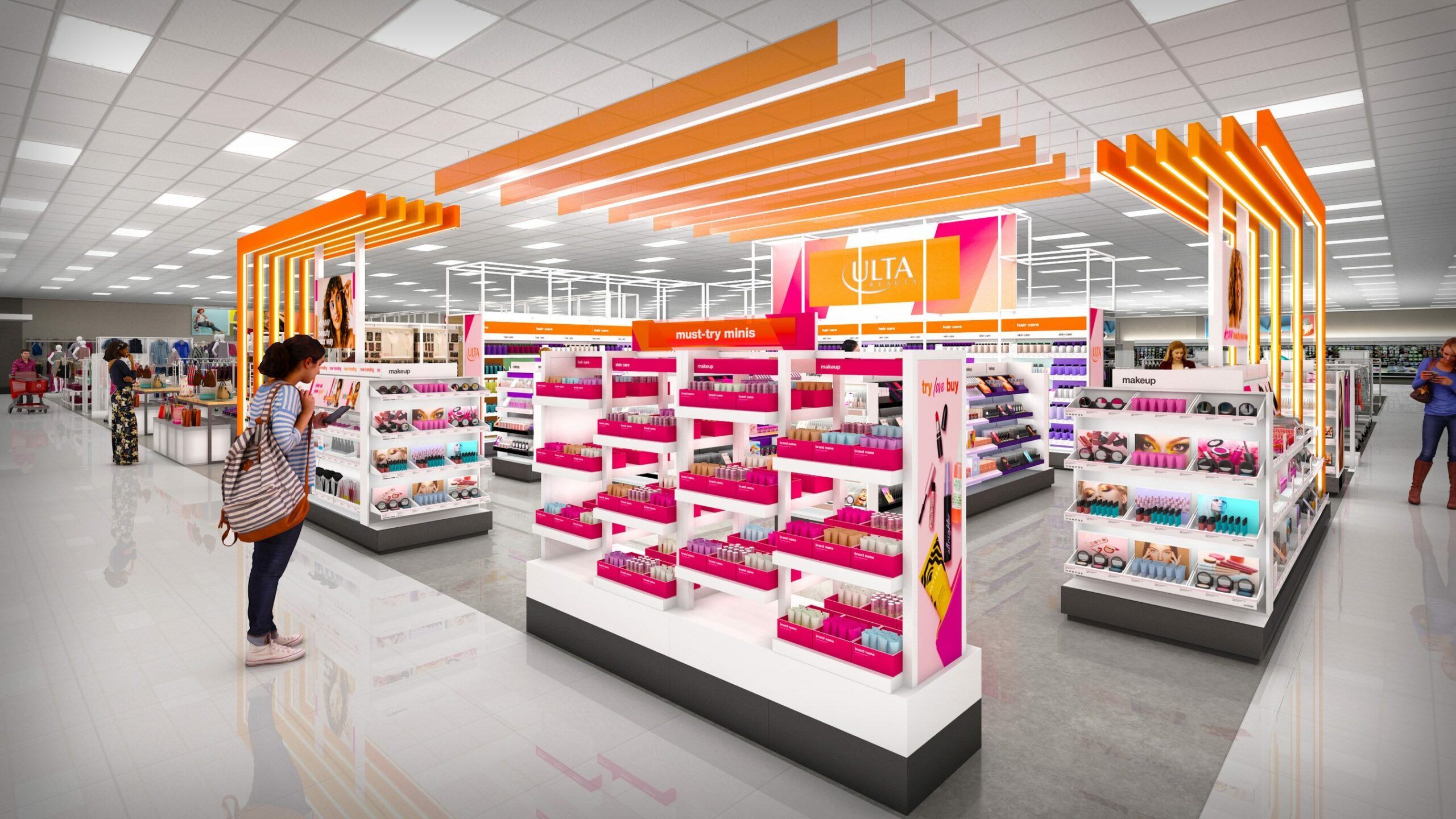























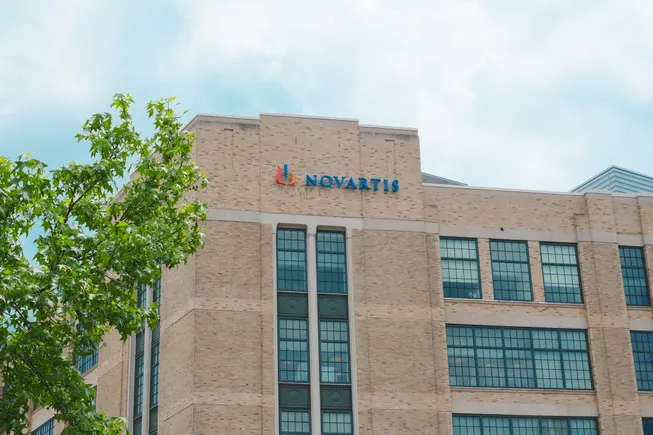



















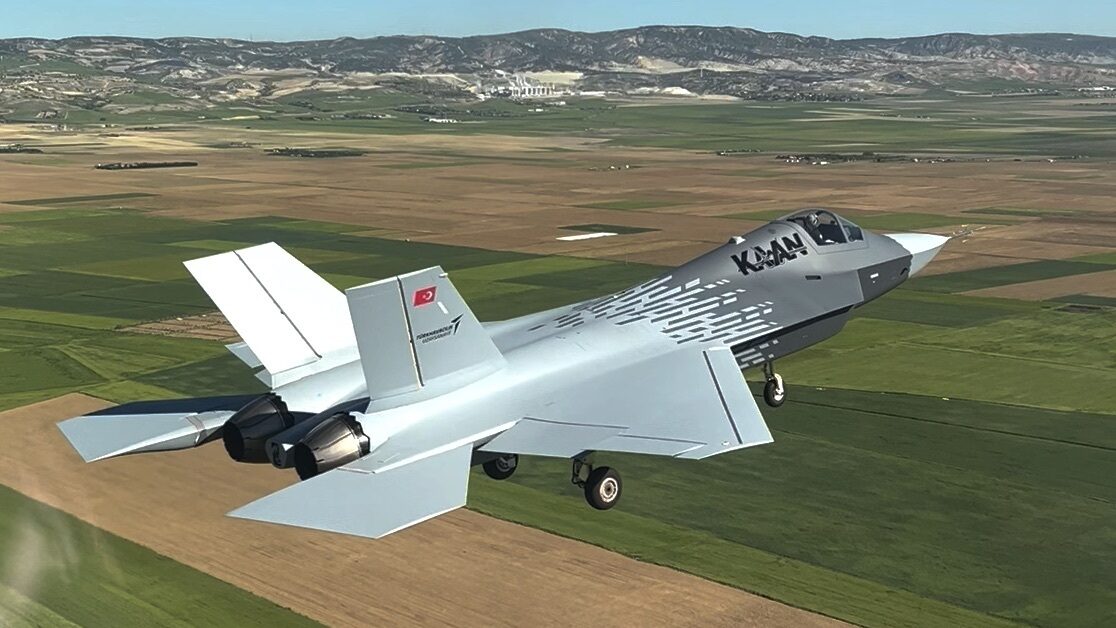

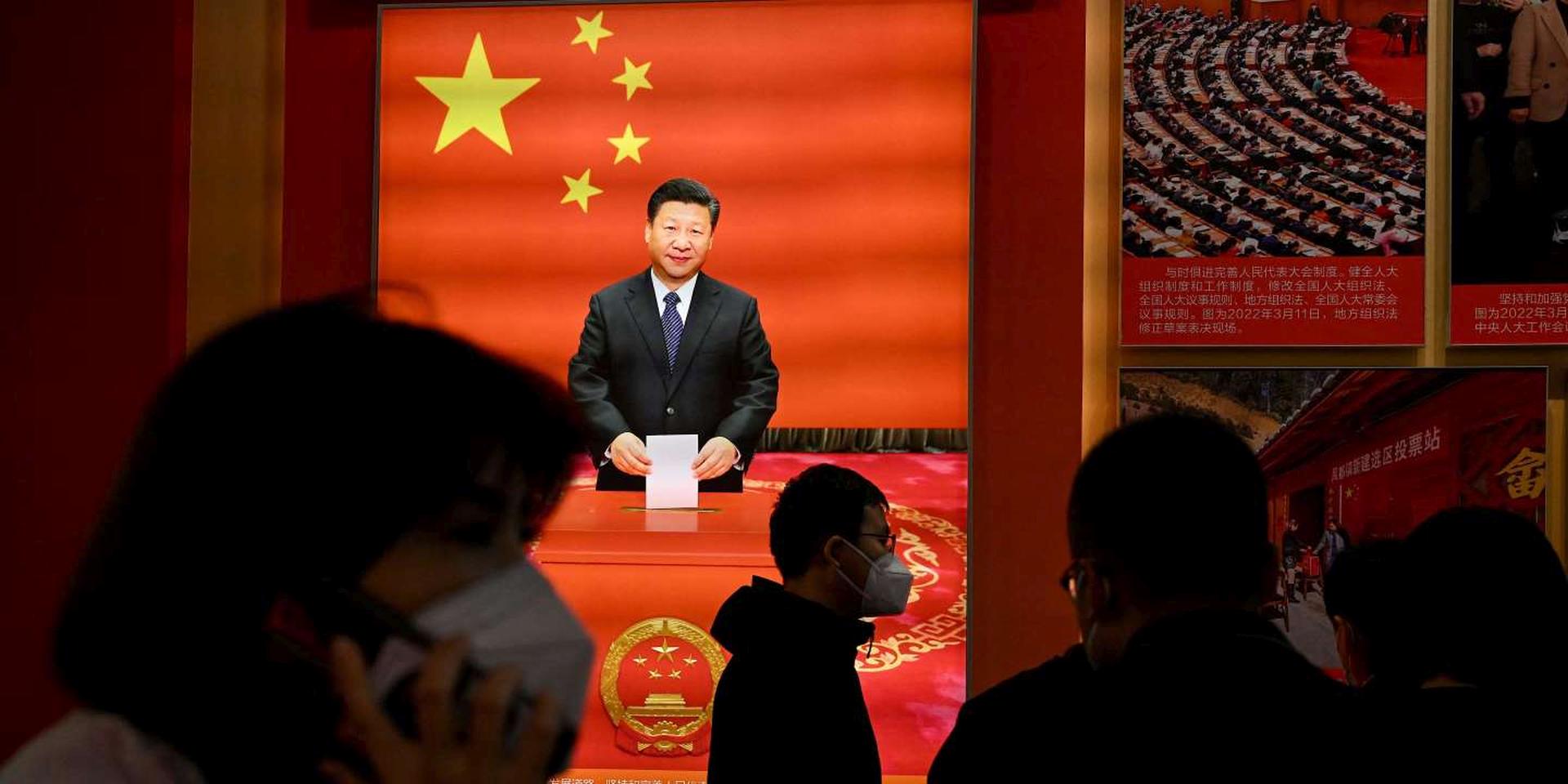










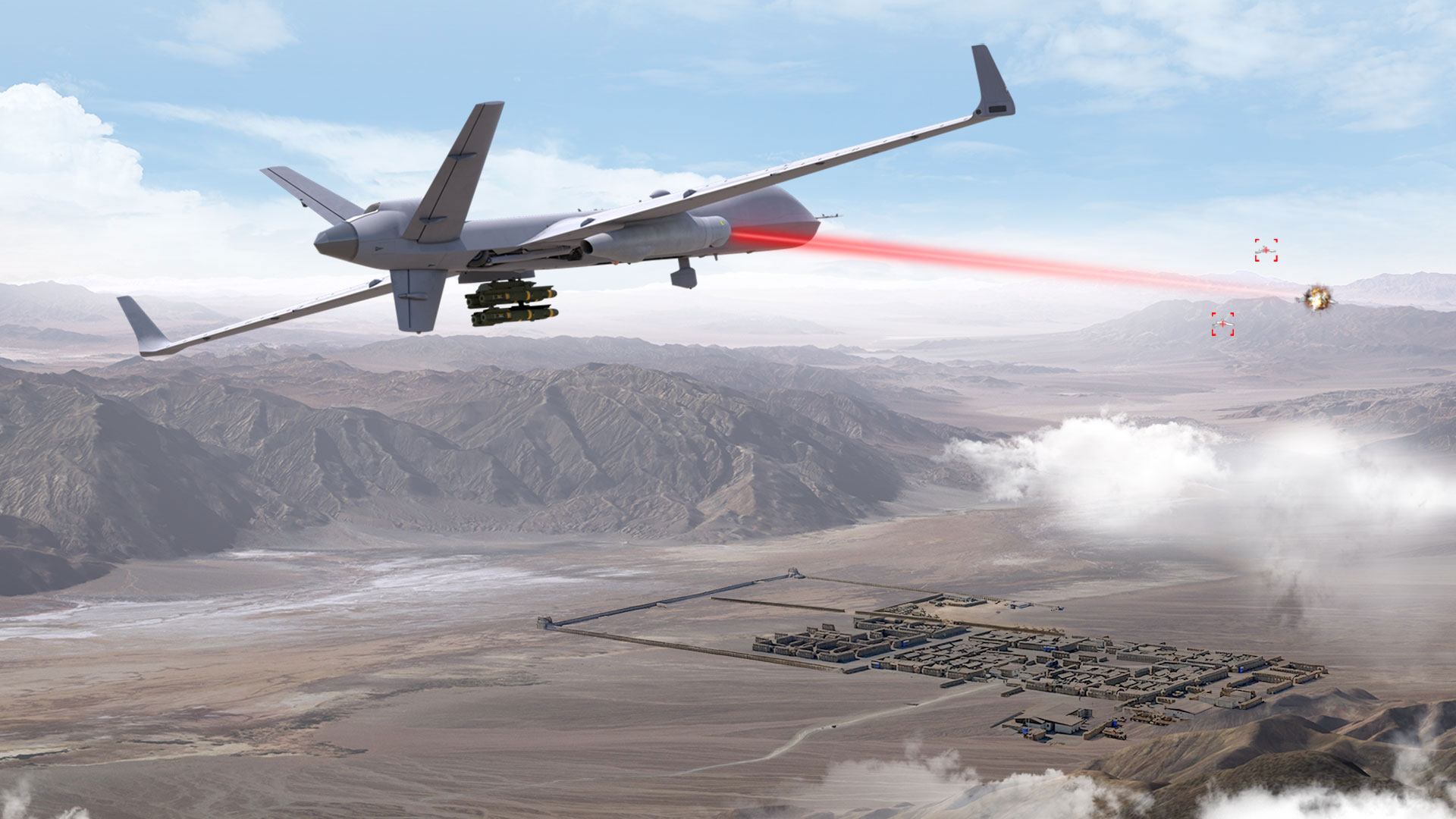
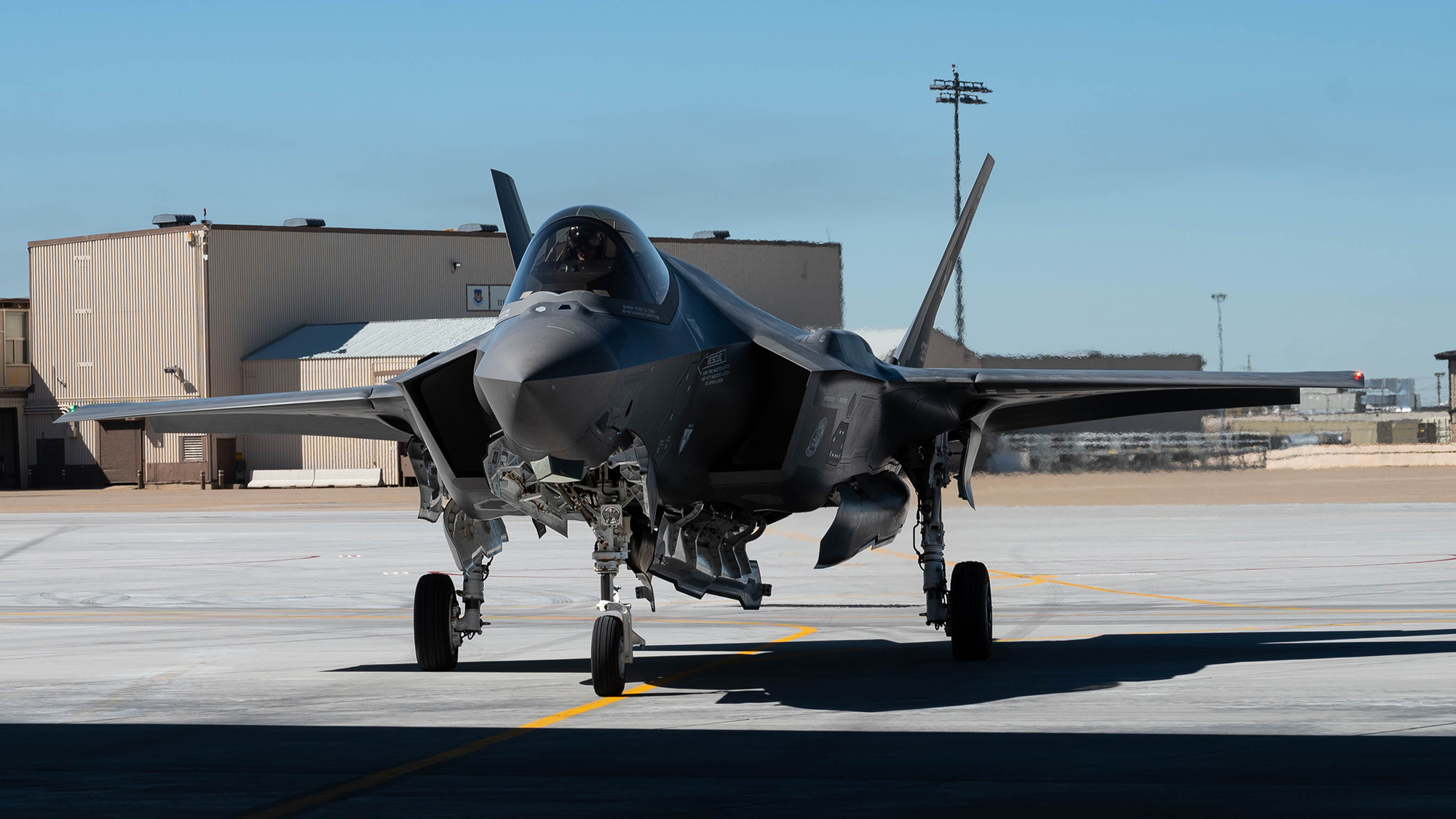








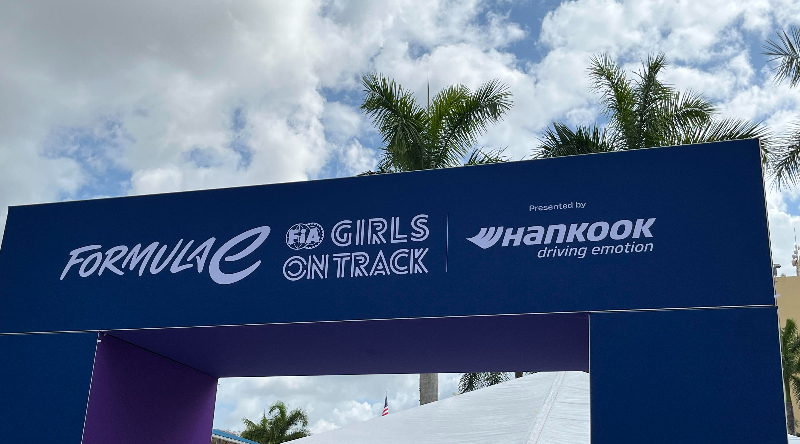











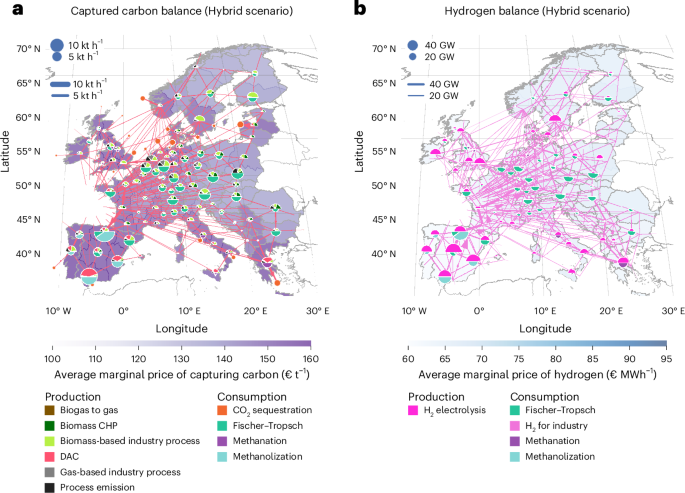
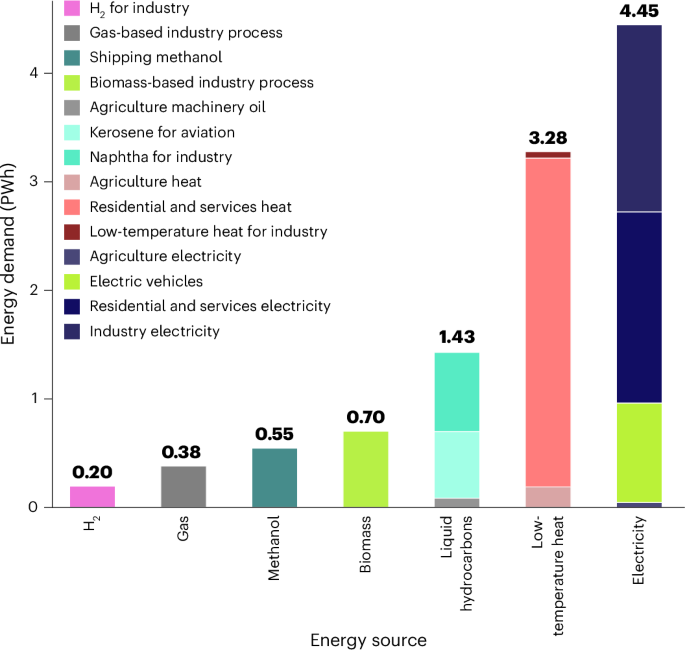
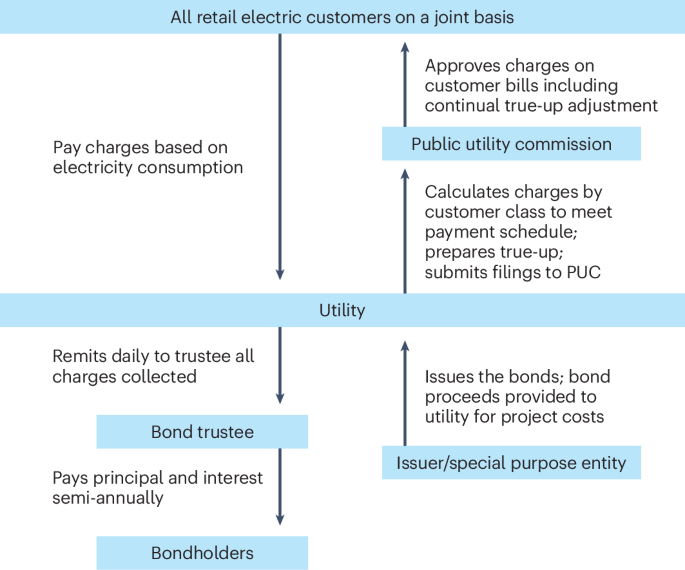
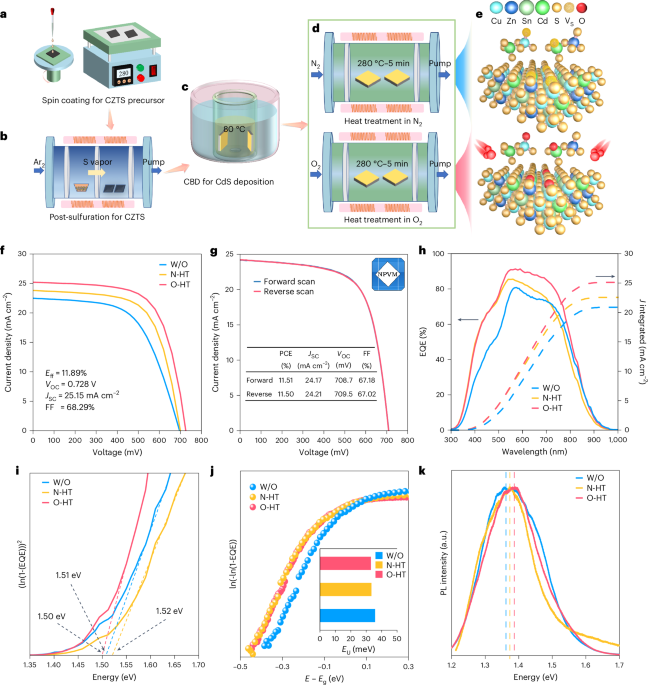









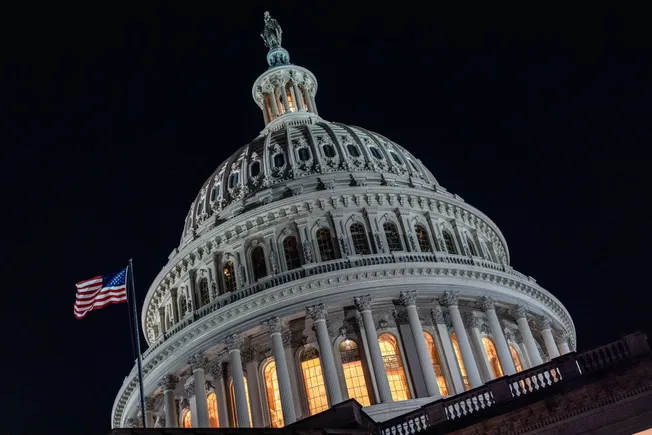















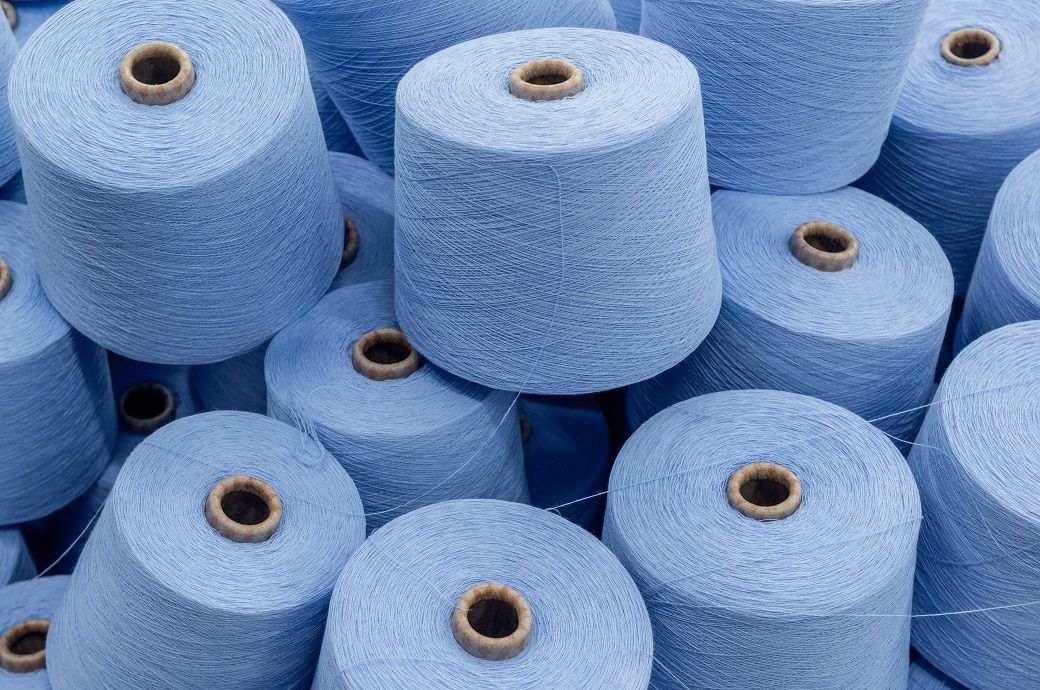








.png)






